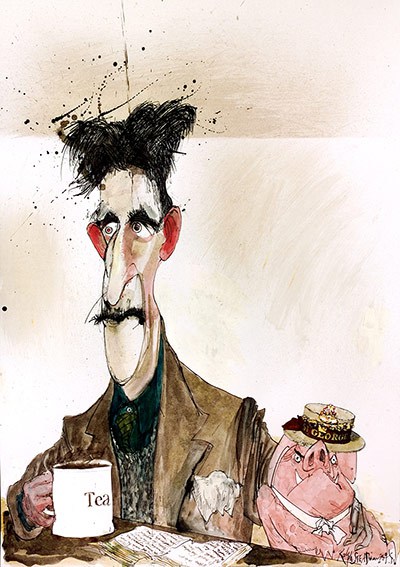TYPE DESIGN INFORMATION PAGE last updated on Fri Nov 14 13:01:30 EST 2025
FONT RECOGNITION VIA FONT MOOSE
|
|
|
|
|
Luc Devroye's Type Design Projects | ||
|
|
|
|
SWITCH TO INDEX FILE
Bernard Desruisseaux
| |
On the automatic choice of single characters, pairs and triples in handwriting simulation. Part of the project done with the help of Mike McDougall. [Google] [More] ⦿ | |
François Belair, an ex-graduate student from McGill University in Montreal, has written a driver for a SumaTech Pad that allows one to write on a pad with a magnetic pen, capture the important points of the strokes and make Bézier curves for a PostScript type 3 font (based upon the algorithms of Knuth and Hobby explained in Knuth's The Metafont Book (Addison-Wesley, 1986)). [Google] [More] ⦿ | |
MetamorFont
|
|
Mike McDougall
| |
Random fonts
| Mike McDougall (ex-University of Pennsylvania Ph.D. student) created a random type 3 font called Tekla (1994) as an undergraduate student at McGill University, under the supervision of Luc Devroye. Tekla uses several handwritten samples as parents to create random offspring. Tekla's letters vary every time a character is needed. A type 3 font of unique versatility, Tekla may be used to simulate drunkenness, and, as the sample shows, varying degrees of instability on one page. His font has a "craziness" parameter, by which we could actually extrapolate beyond the convex polyhedron determined by the master fonts. It should prove useful in testing character recognition software. A companion article entitled Random Fonts for the Simulation of Handwriting has appeared in "Electronic Publishing" in 1995. See also here. Additional URL. [Google] [More] ⦿ |
Syed Hyder was one of the founders of the School of Computer Science at McGill University. At McGill, Syed, together with Olivier Maquelin and Amar Goudjil developed high-quality nonlinear context-sensitive Arabic fonts. One of the greatest hackers anywhere, Olivier wrote an in-house TrueType to PostScript converter in C in two afternoons. Paola Maleh and Laleh Tajrobekhar helped out with the programming for context-sensitive Arabic glyph placement. Laleh's brother in Iran, one of the leading calligraphers there, provided the team with wonderful Nastalique glyphs. A few years before his death, Syed tried to convince Microsoft to use his solution for automated Arabic glyph placement in their software, but no deal was struck. The project was then abandoned. Syed Hyder died in Pakistan on Easter Sunday, 2006. [Google] [More] ⦿ | |
|
|
|
|


 With
With